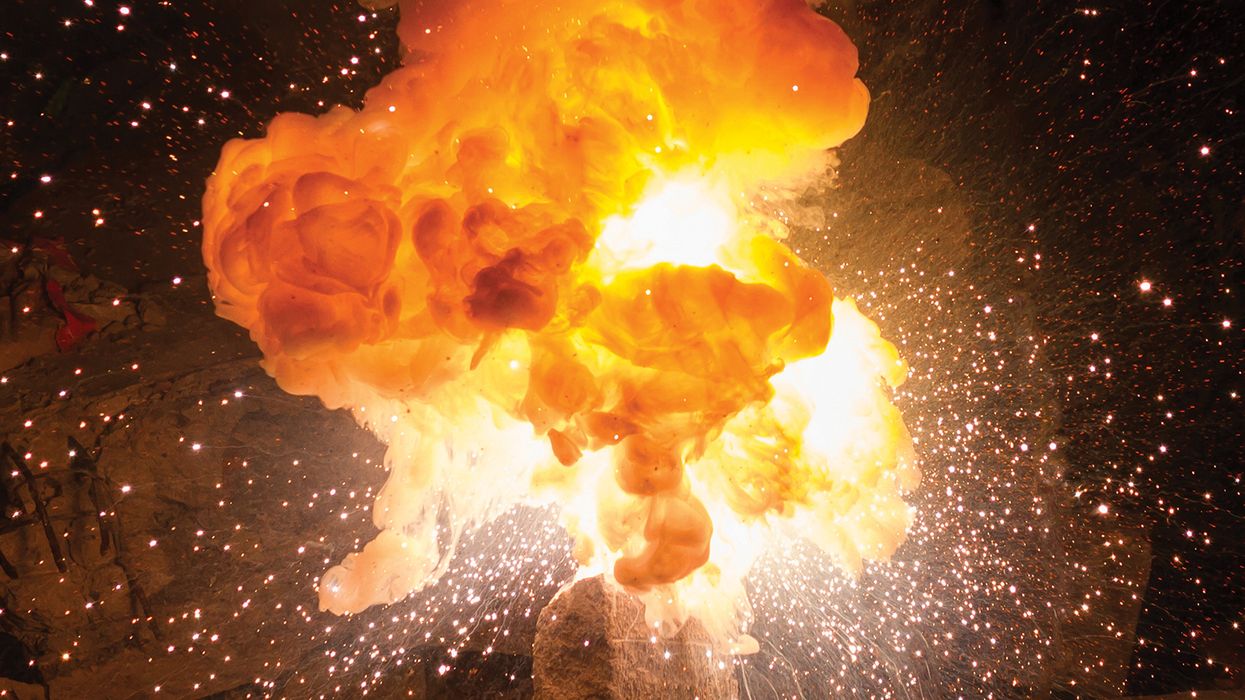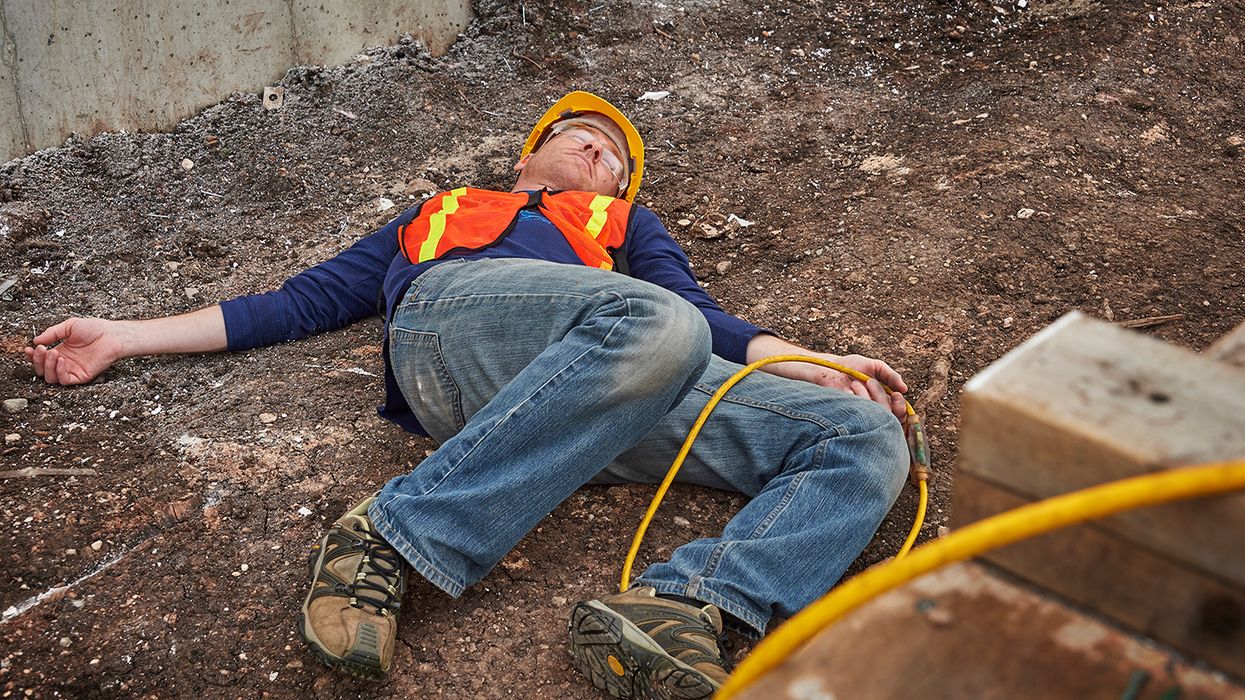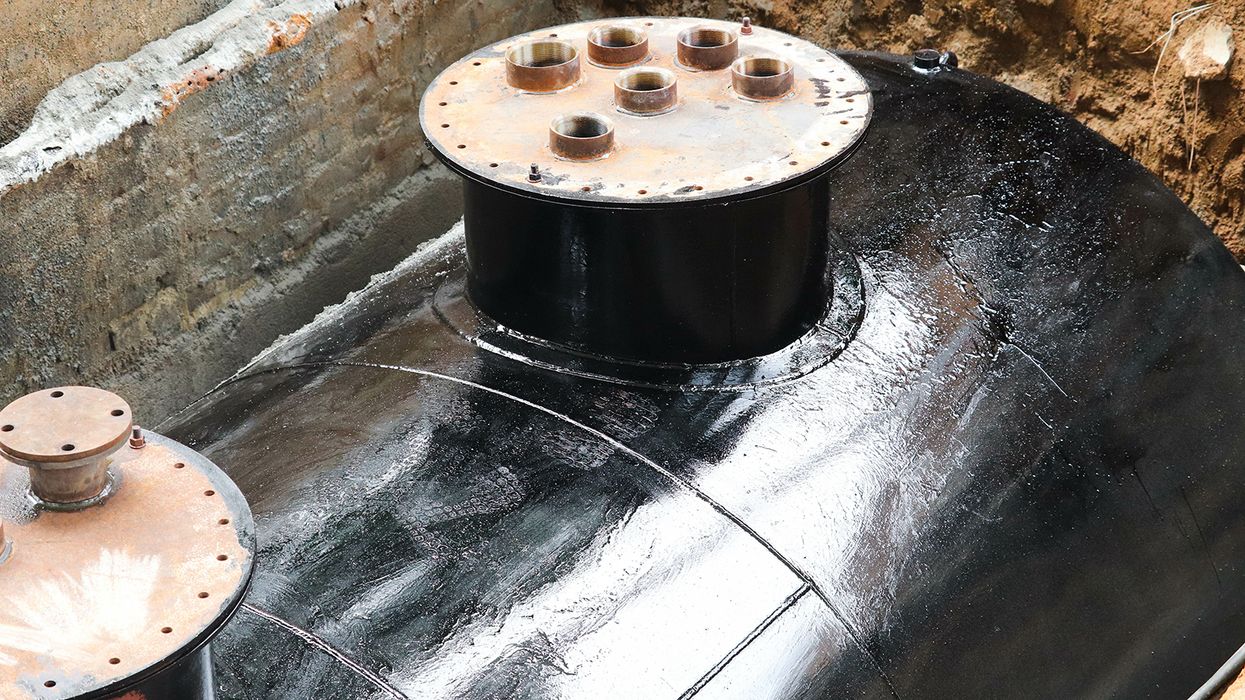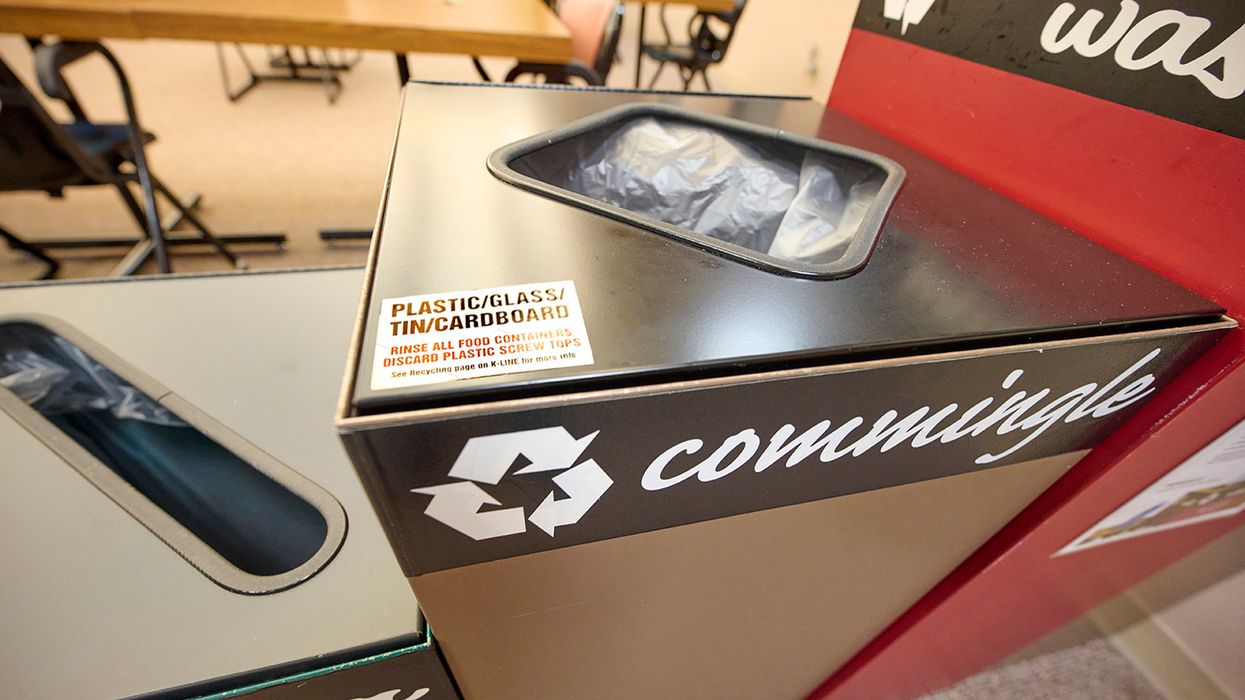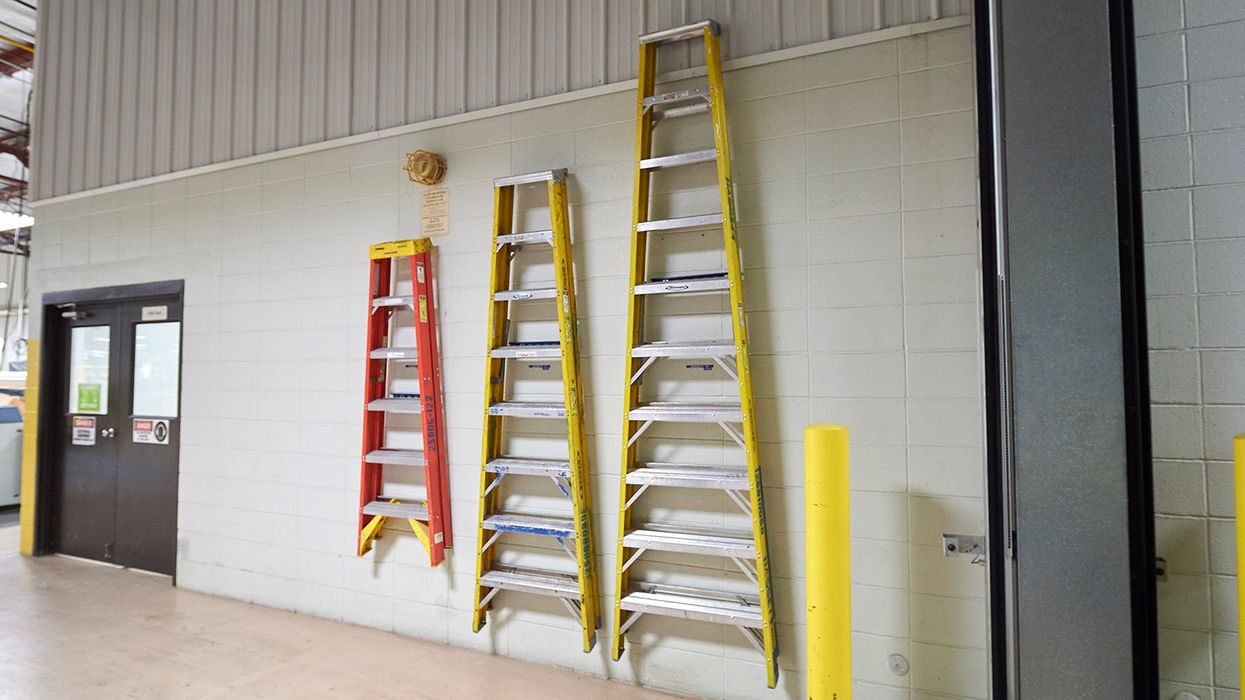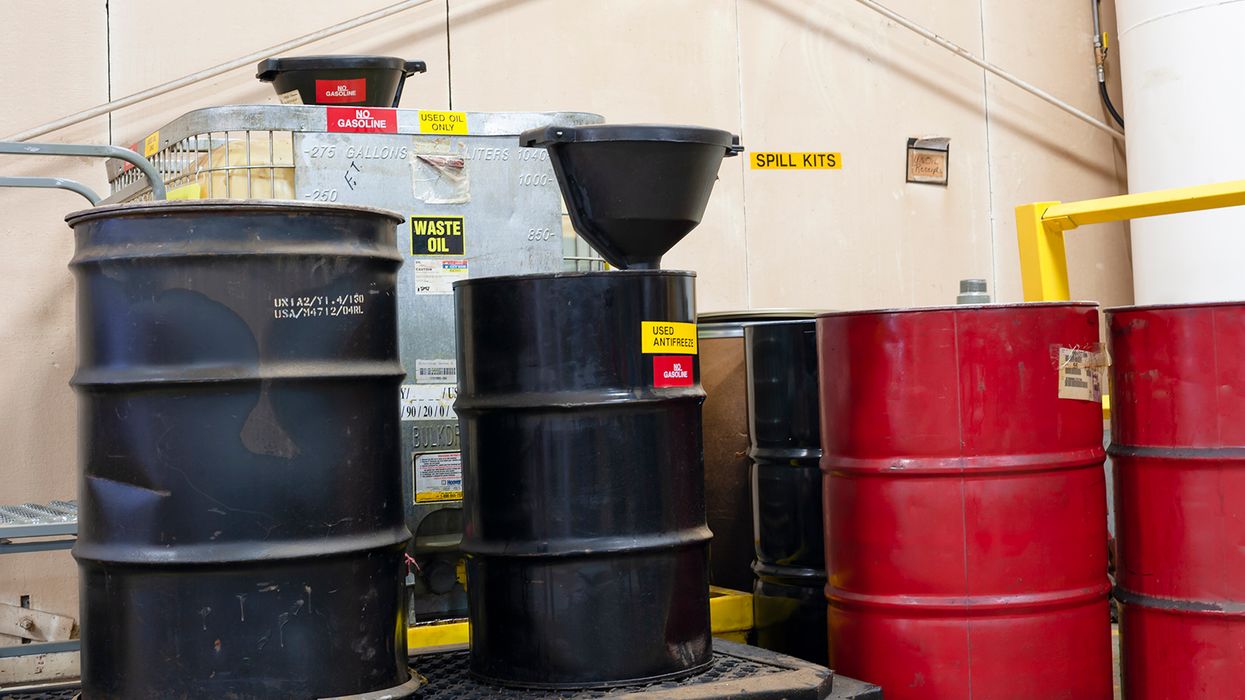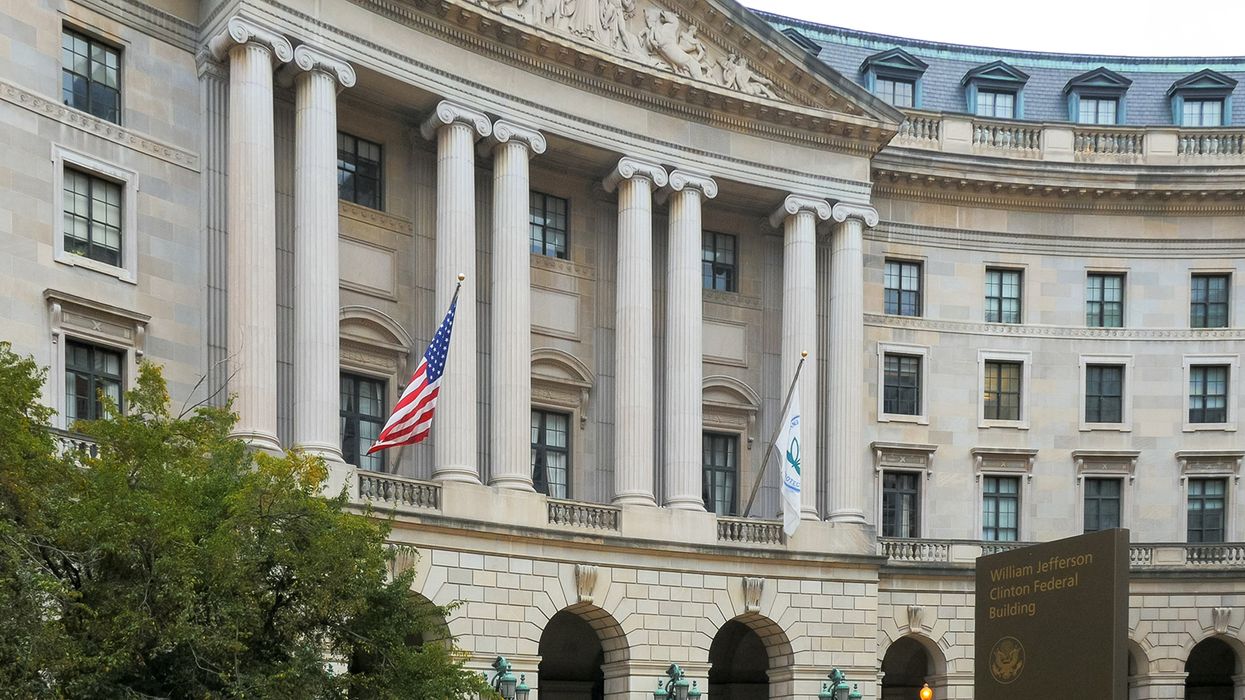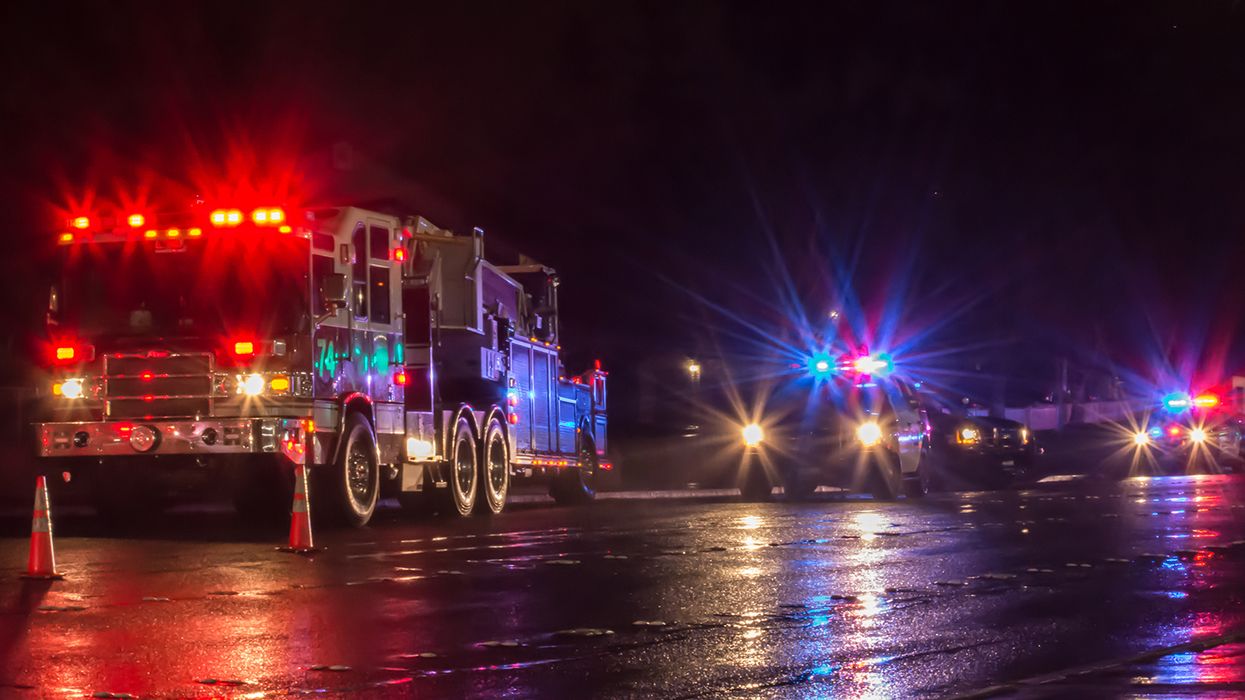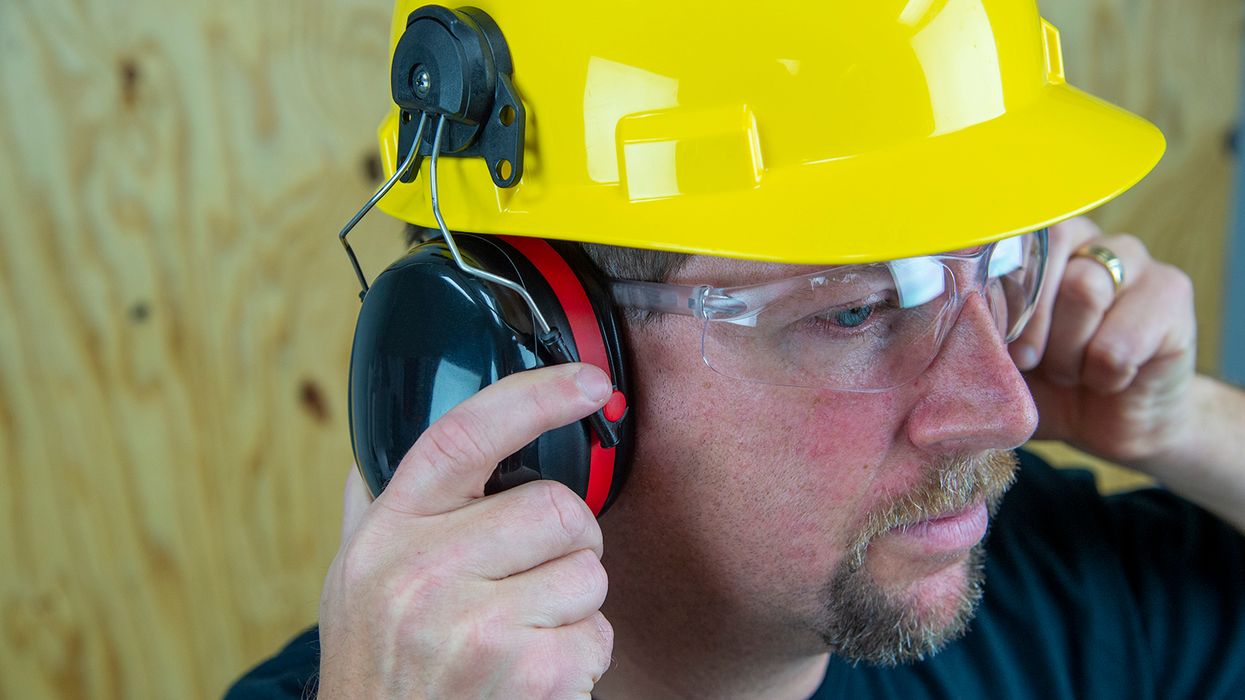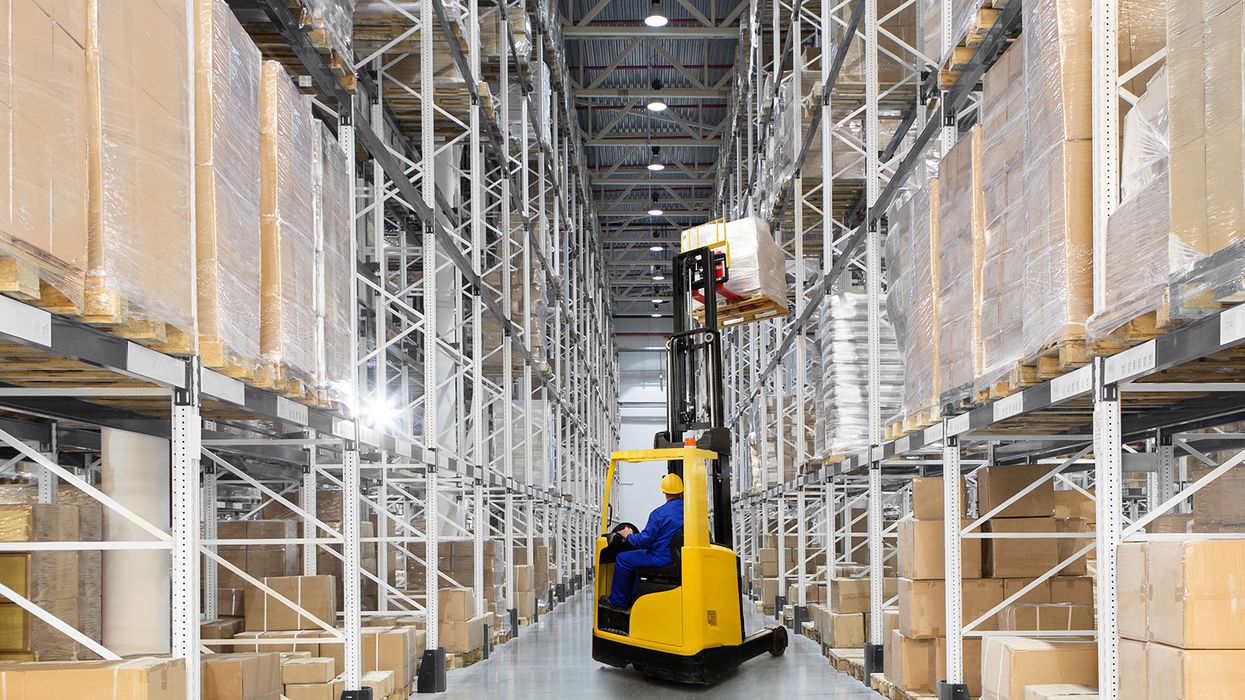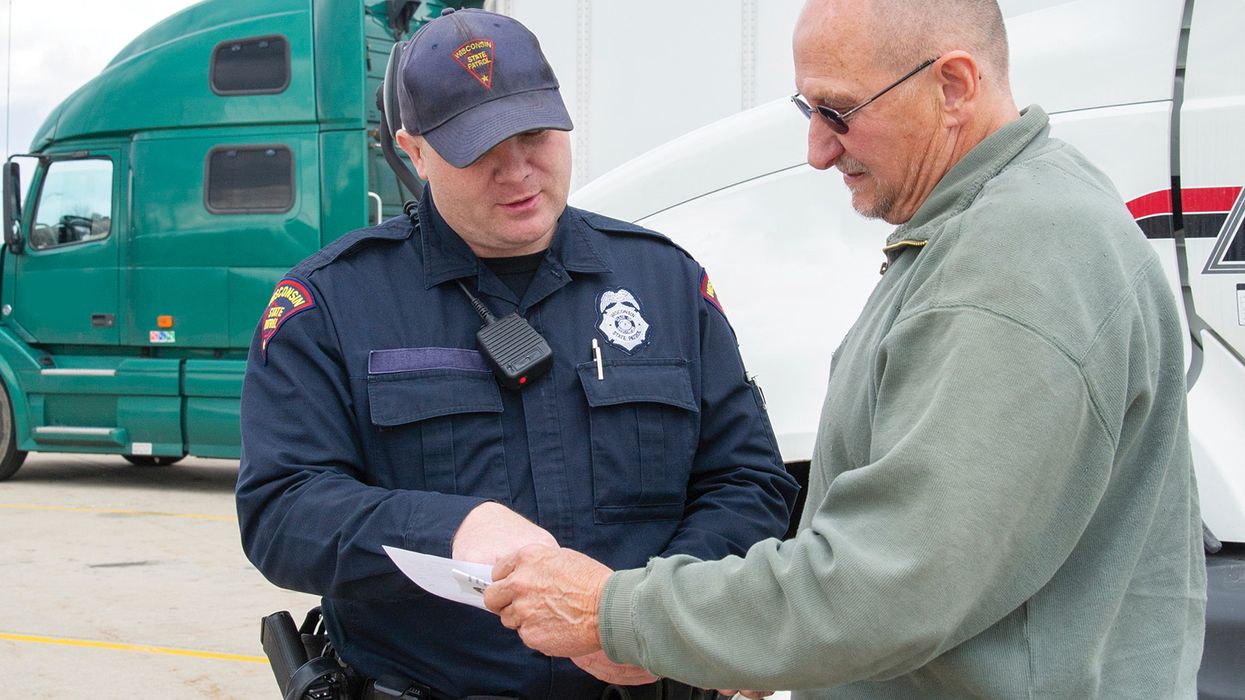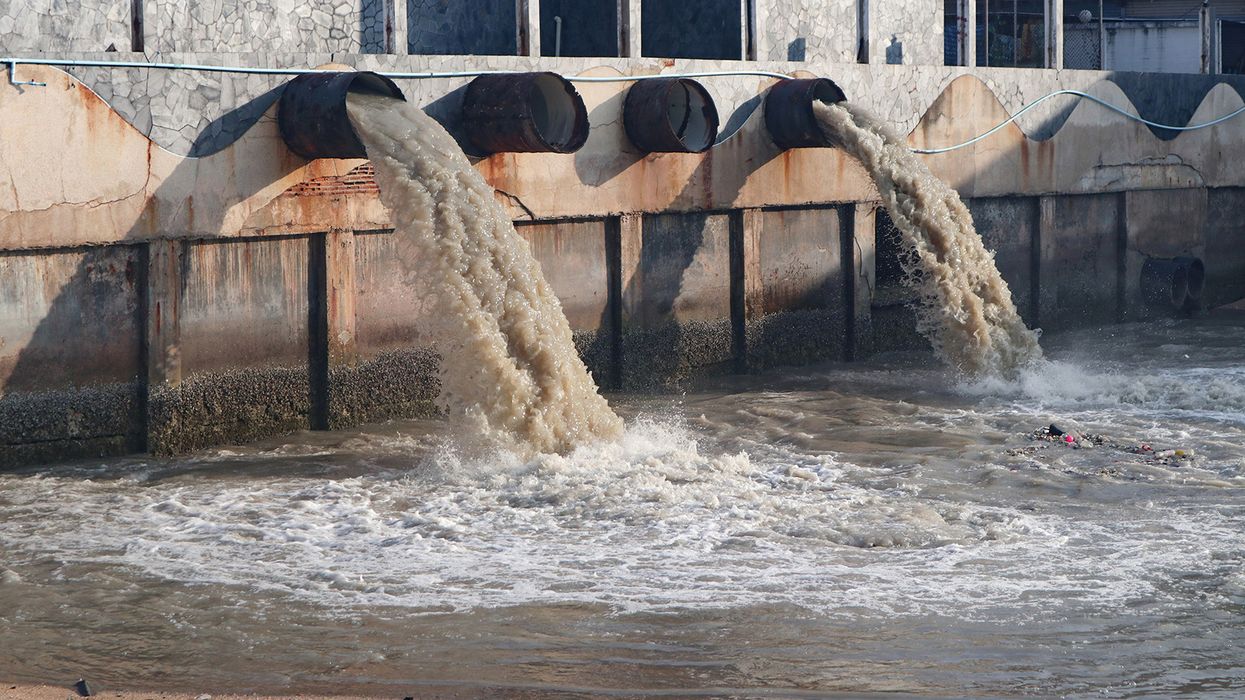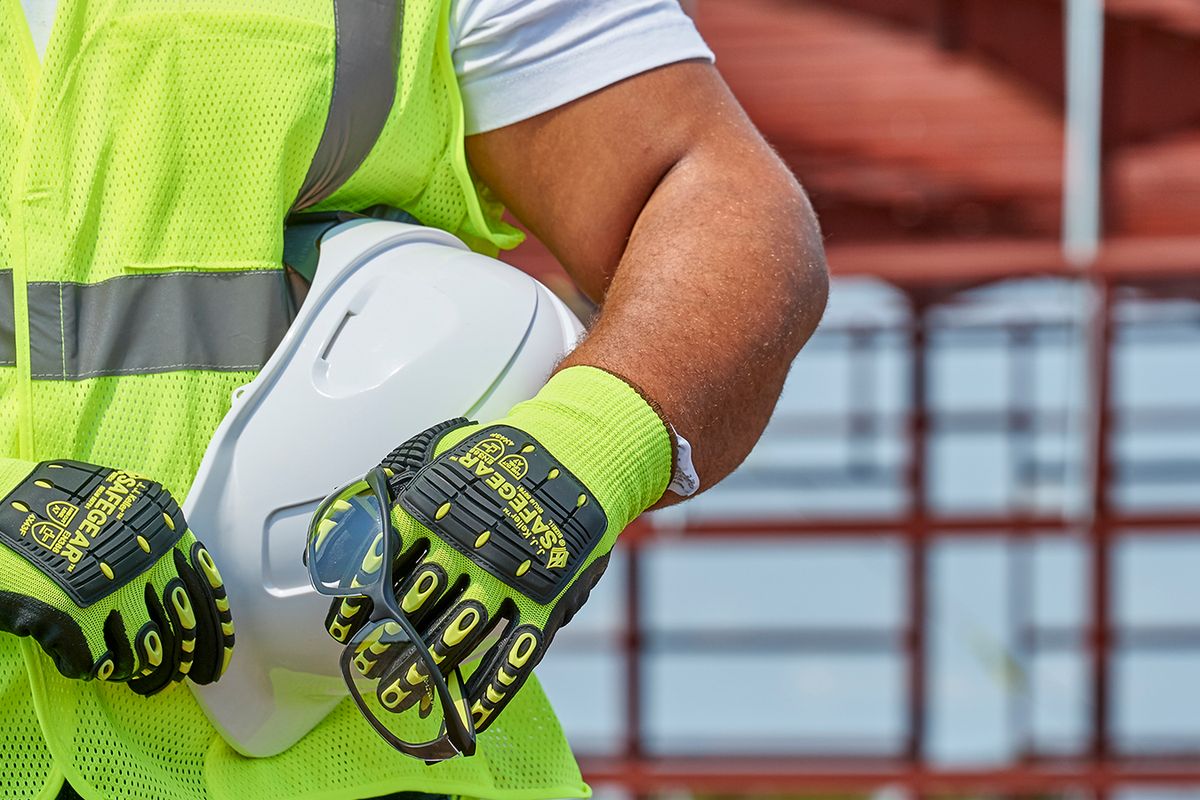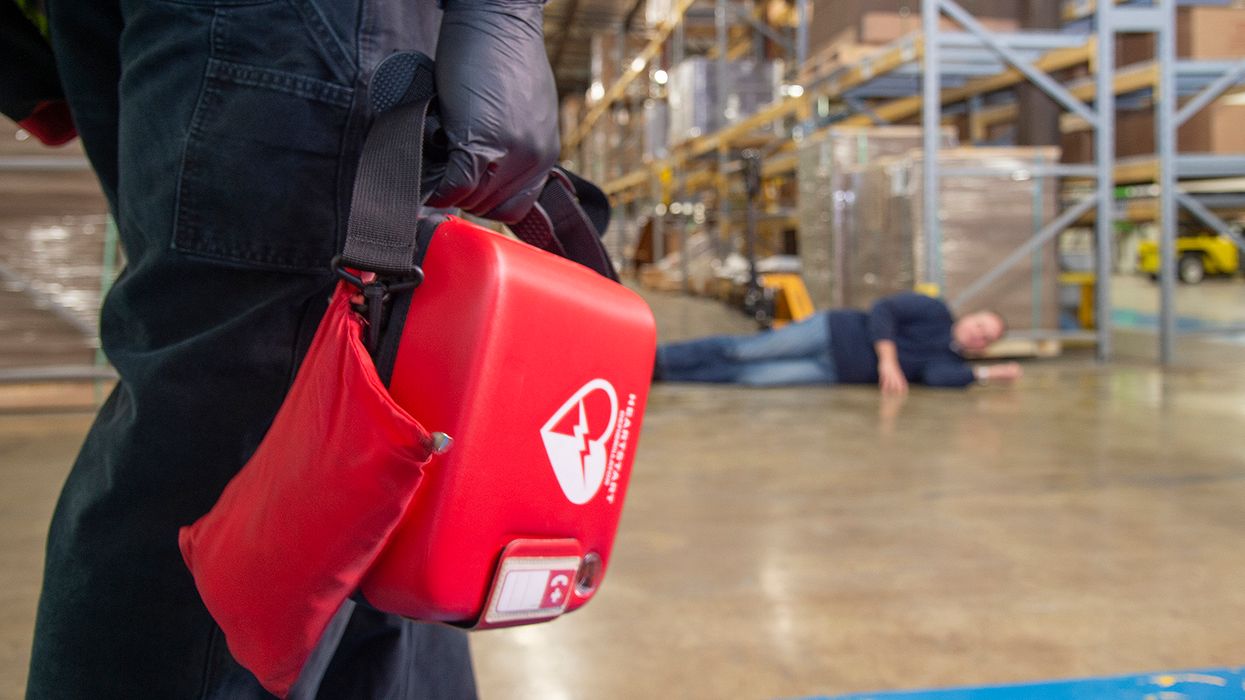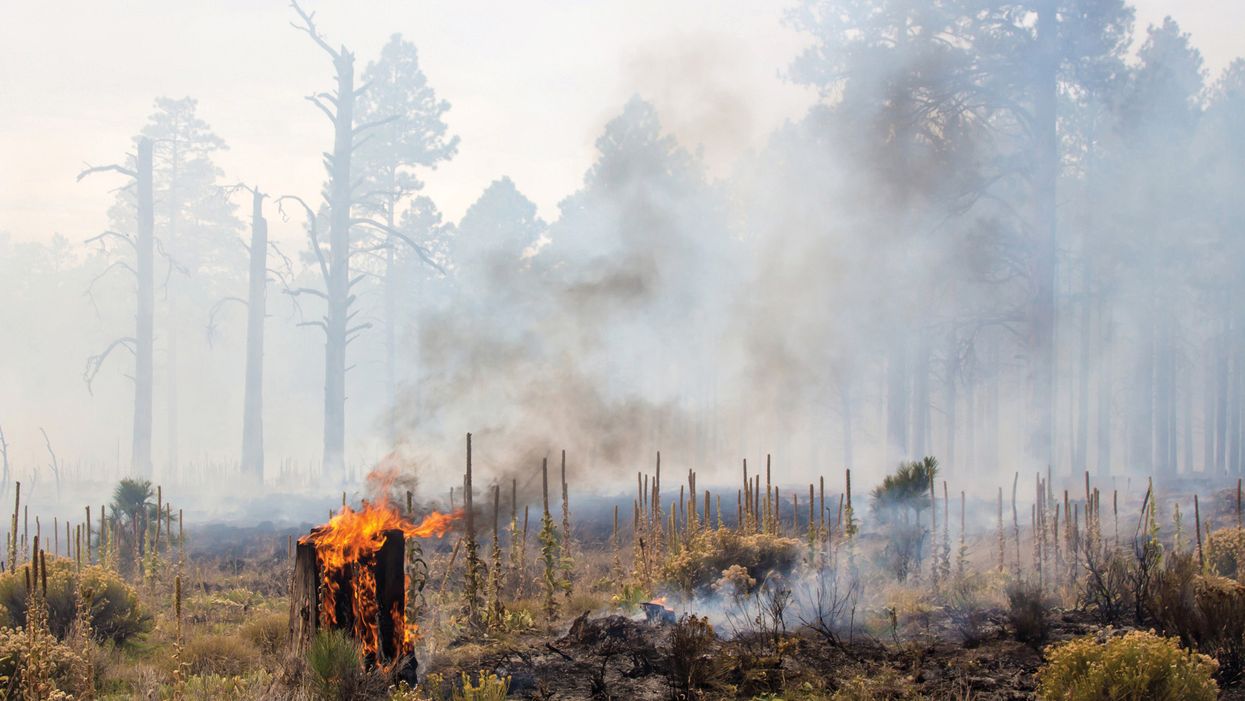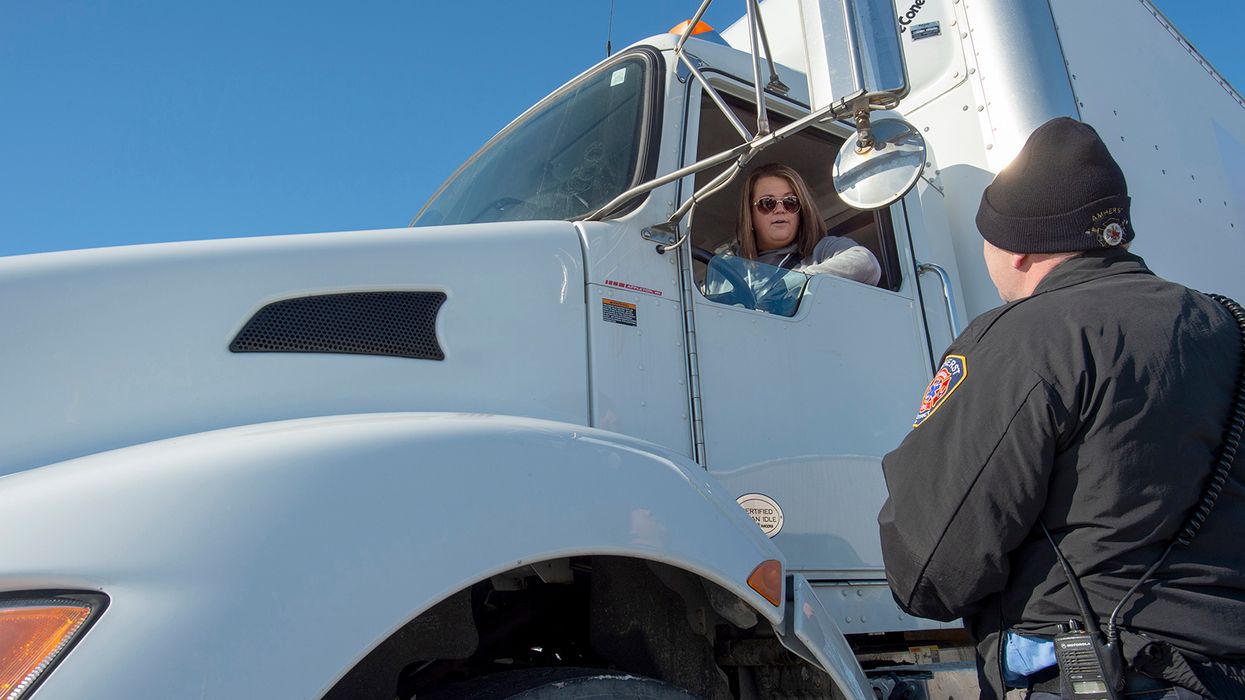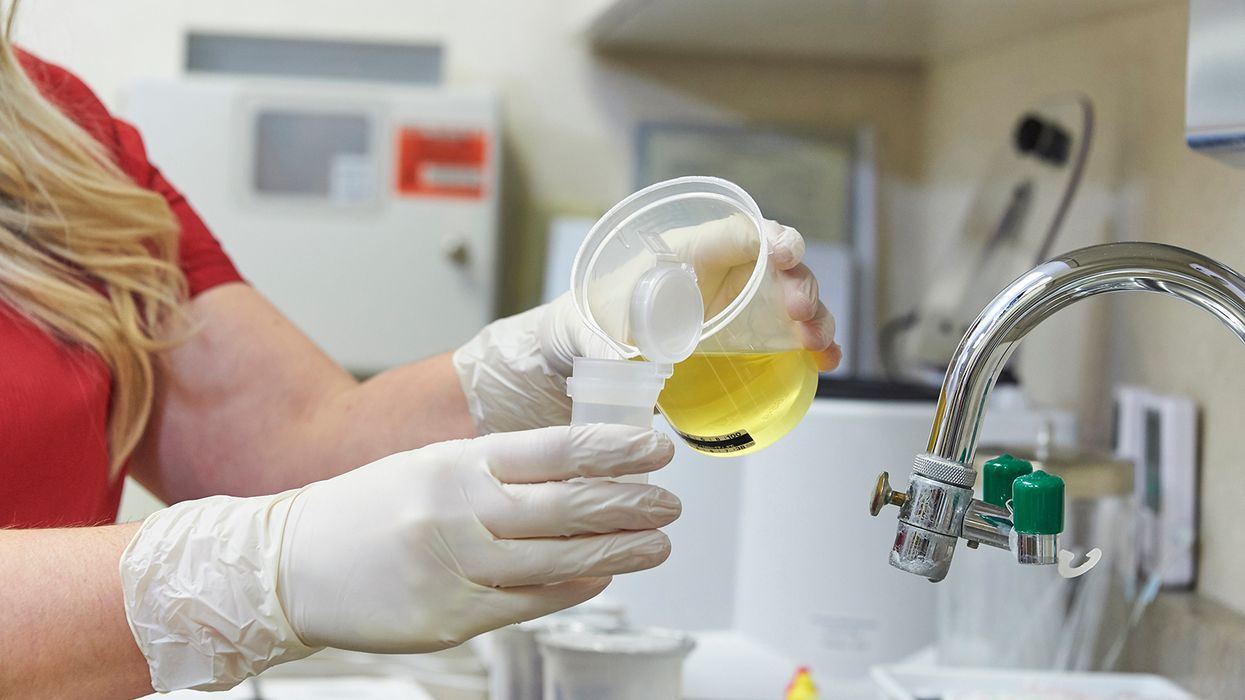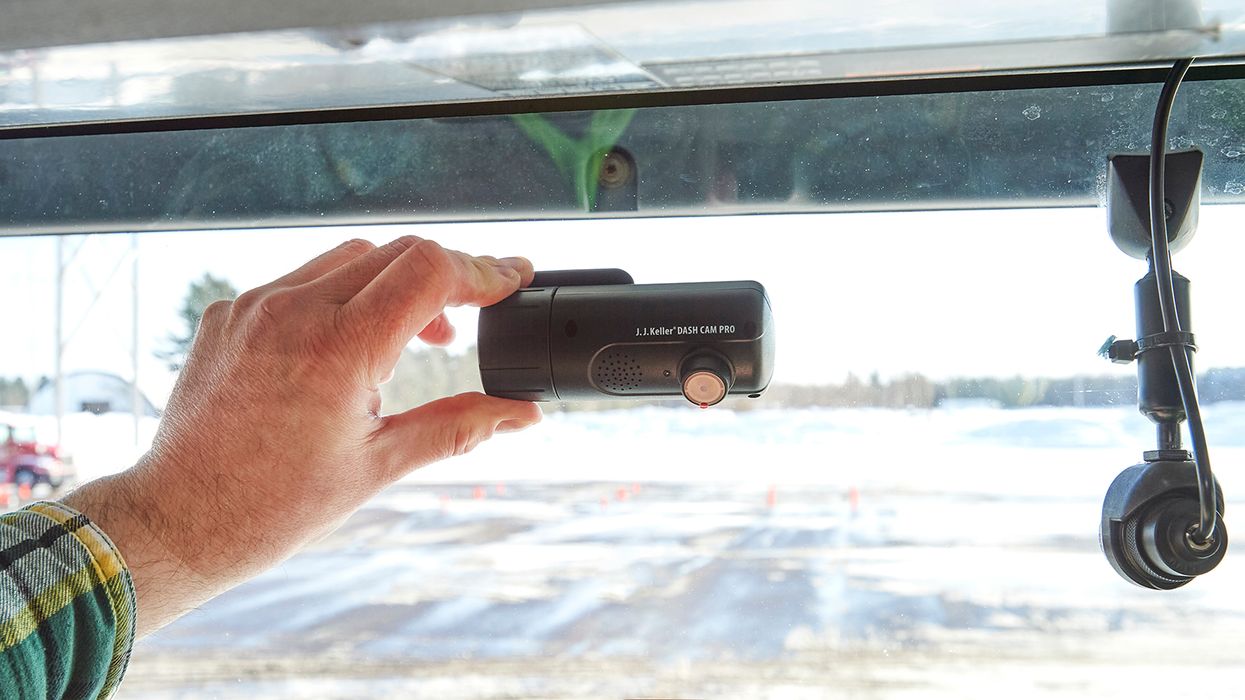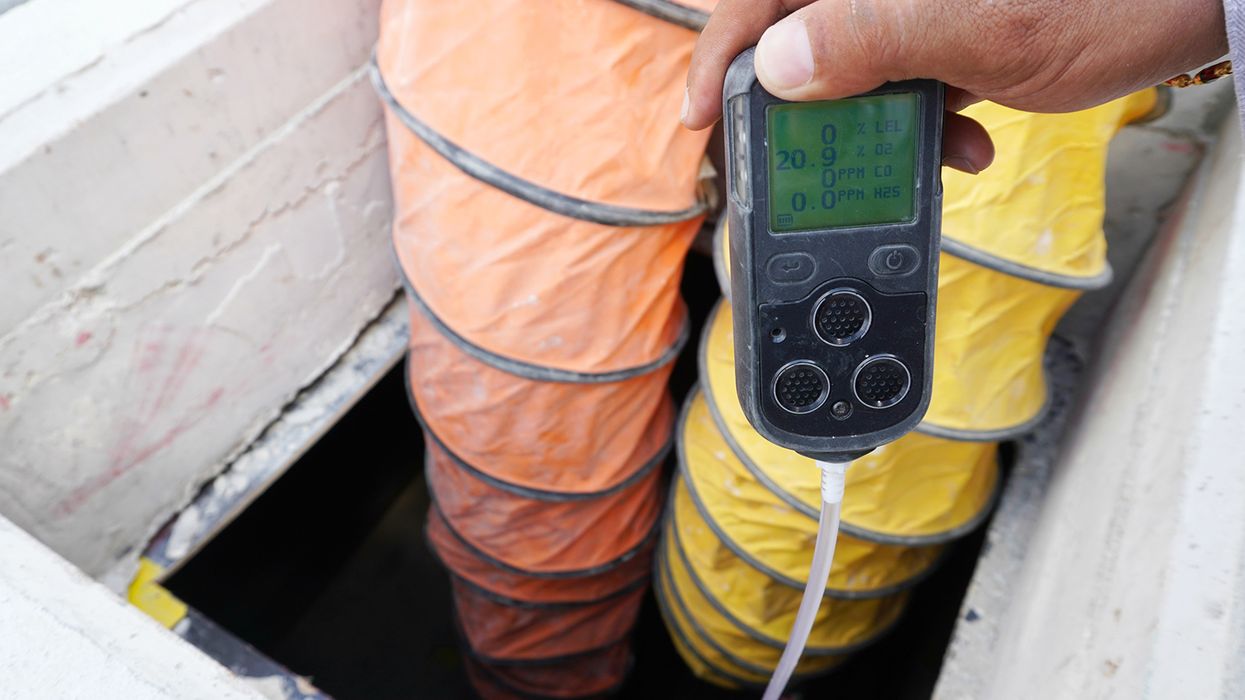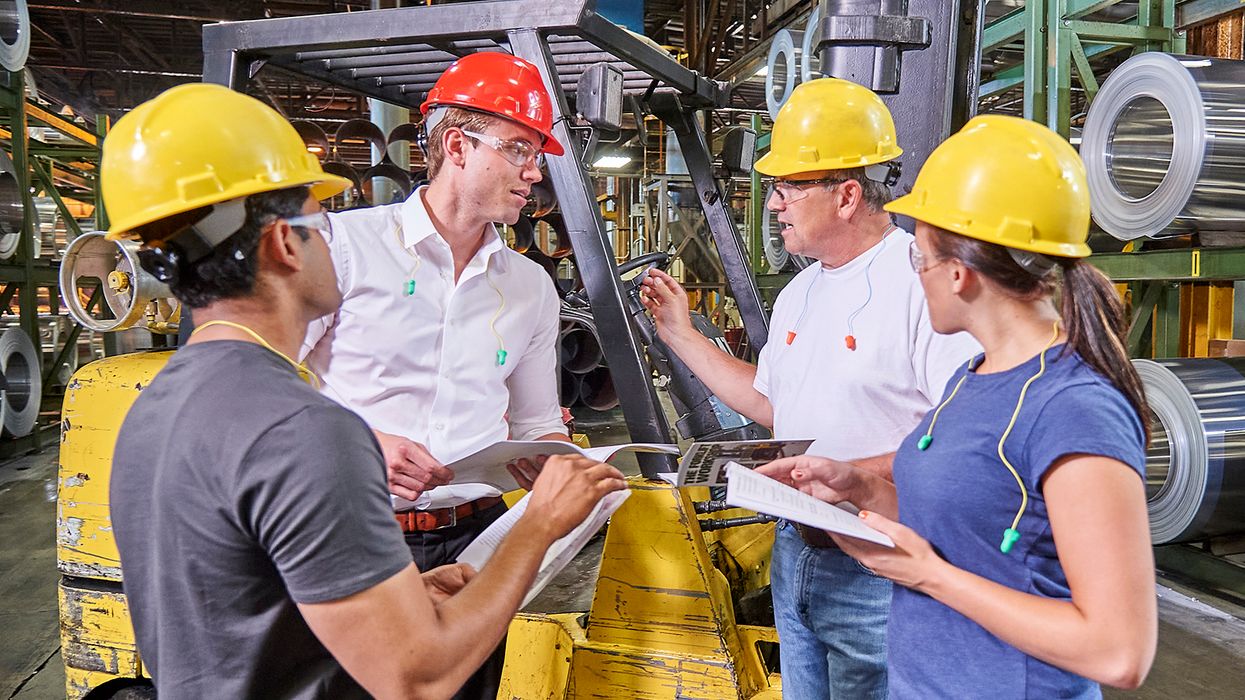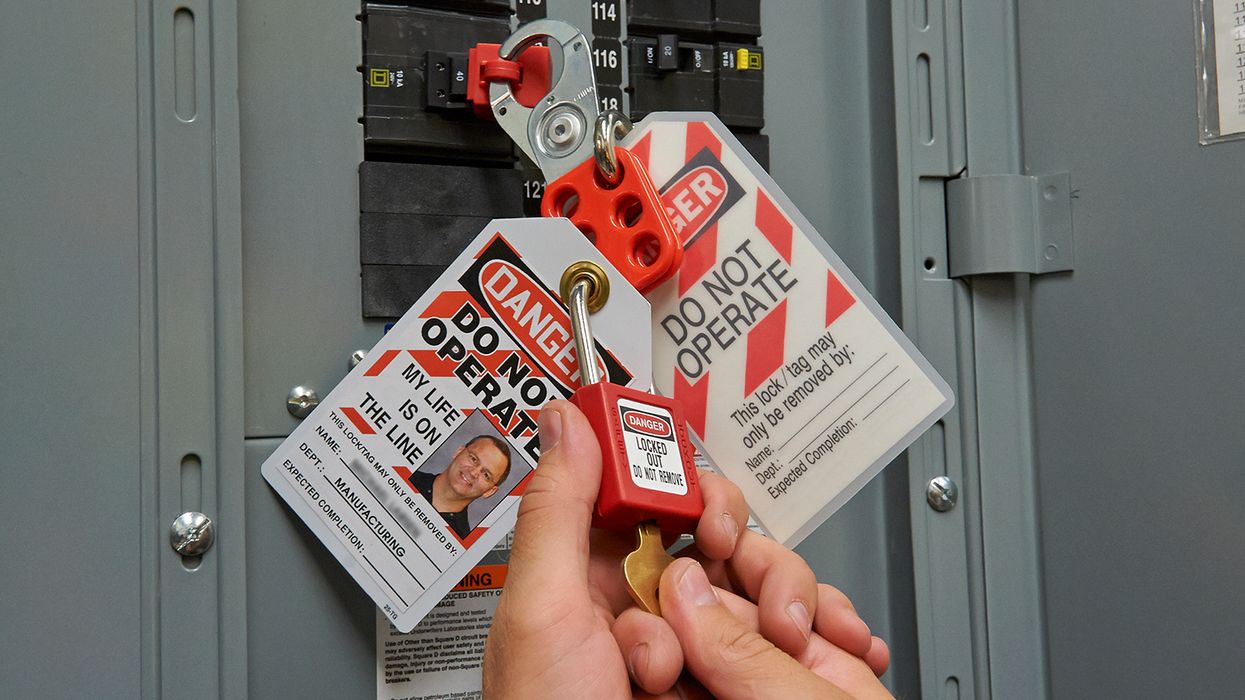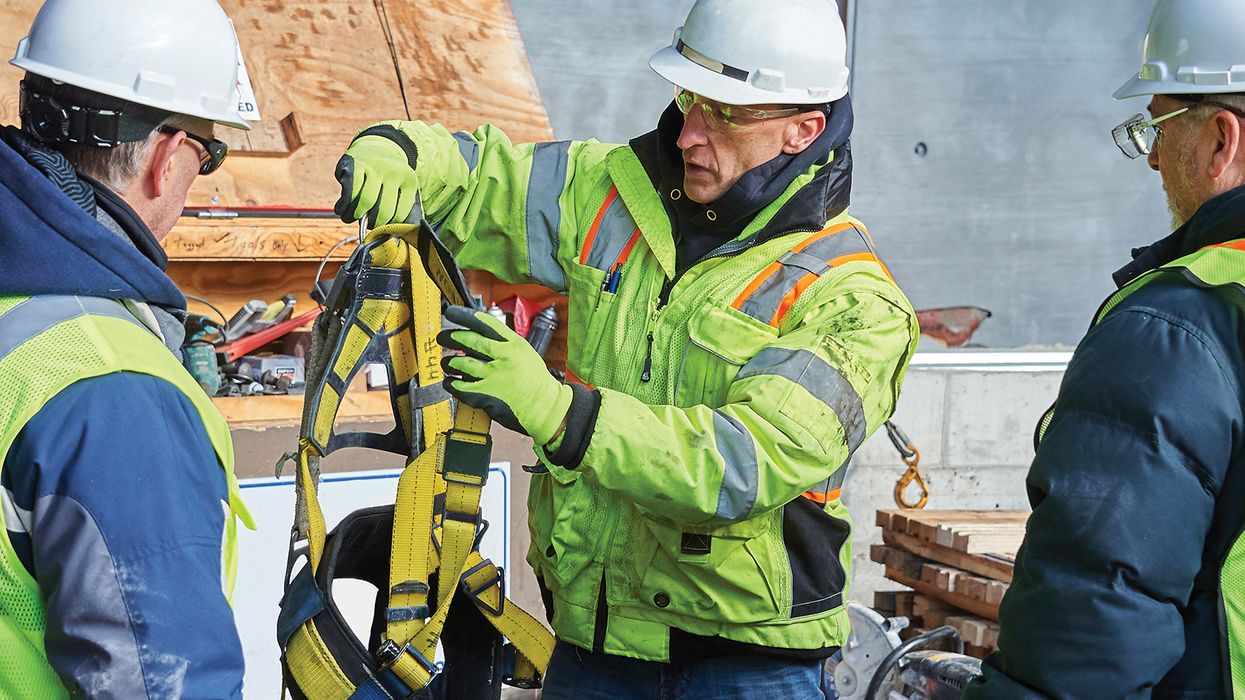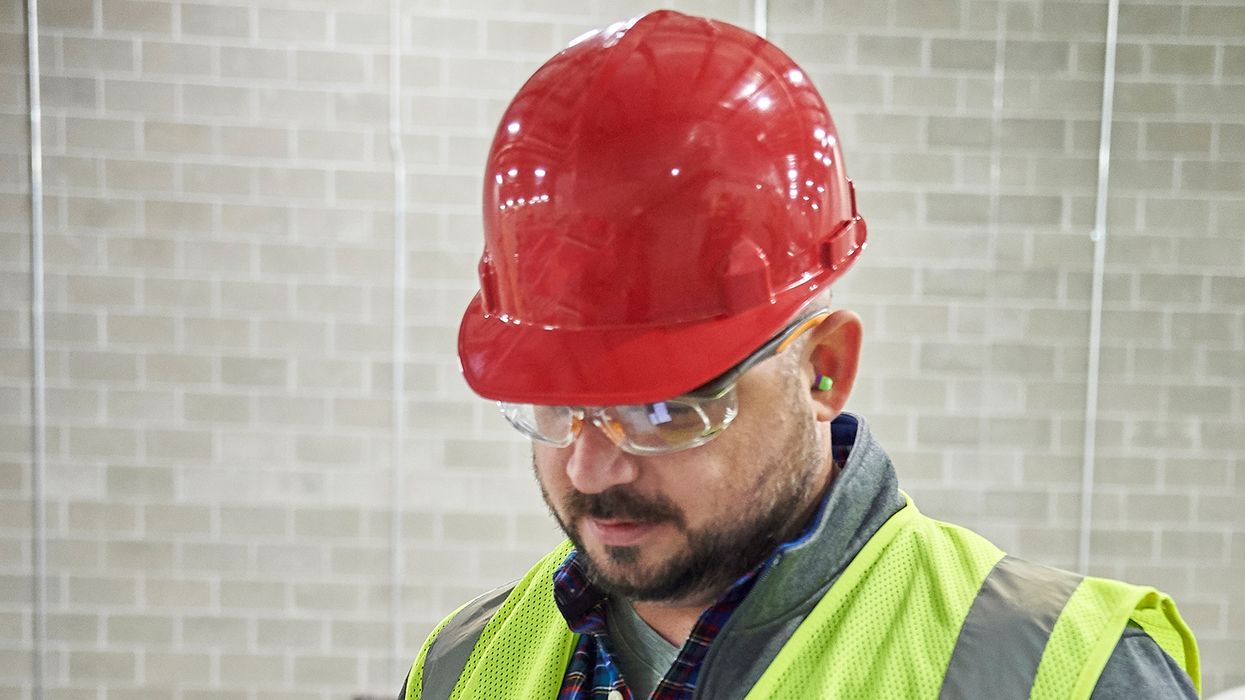Work or school: Plan ahead to prevent fires in the classroom
Whether it’s a work classroom or a school classroom, employers must protect employees from fire hazards. Following an October 12 fire in Dinwiddie County, Virginia, the Chemical Safety Board (CSB) urges schools to review and follow guidance on the use of flammable liquids in labs and classrooms. This advice also should be applied to the workplace.
The classroom caught fire during a demonstration using methanol, a highly flammable liquid. Three students and a teacher were taken to hospitals for treatment, while a fourth student was treated for injuries at the scene.
Although the CSB did not investigate this incident, the fire mirrored serious classroom fires that have been investigated by the agency in the past. Previous fires also involved flammable liquids, usually methanol, which were used to produce flames. In these cases, methanol from bulk containers was poured directly onto flames, causing a flash back to the bulk container. The resulting fires injured students and others in the area.
Common occurrences also have resulted during workplace training, such as fire extinguisher training, where flammable liquids were used to restart, or “stoke,” a fire. Using flammable liquids is dangerous, regardless of the classroom!
Statistics are heating up
The National Fire Protection Association (NFPA) estimates a response every 23 seconds to a fire somewhere in the United States. In 2021, local fire departments responded to an astounding 1,353,500 fires that caused 3,800 deaths and almost $16 billion in property damage. Don’t let your classrooms be next!
Electrical distribution and lighting equipment led fire statistics in industry, while heating was the leading cause of fires in manufacturing facilities. U.S. fire departments respond to an average of 3,000 school fires per year with most fires originating in labs, bathrooms, or locker rooms.
Fire prevention procedures for classroom training
Employers must review all potential fire hazards prior to using flammable liquids or other hazardous materials for classroom demonstrations. Pre-demonstration hazard analysis should include physical hazards, system hazards, and behavioral hazards, such as equipment failures, flammability potential, inadequacies in procedures or training, improper or lack of PPE (personal protective equipment) or not following procedures.
Prior to conducting classroom training that involves hazardous materials, employers should:
- Communicate emergency procedures and evacuation protocol to participants prior to the start of any training session.
- Implement strict safety controls when demonstrations necessitate handling hazardous chemicals – including written procedures, effective training, and the required use of appropriate PPE for all participants.
- Alert participants to the results of pre-demonstration hazard analysis and required PPE so they are aware of risks associated with hazardous materials and necessary protective equipment.
- Ensure appropriate fire-fighting equipment is available and operable at the demonstration location.
- Prohibit the use of bulk containers of flammable chemicals or hazardous materials during demonstrations, especially when smaller quantities are sufficient.
- Provide a safety barrier between the demonstration and participants and onlookers.
Keys to Remember
Using hazardous chemicals for demonstrations in work or school classrooms is dangerous. Employers must protect workers from fire-related hazards during training, such as having an established emergency action plan, implementing safe training procedures, and clearly communicating hazards and protective measures to participants.

